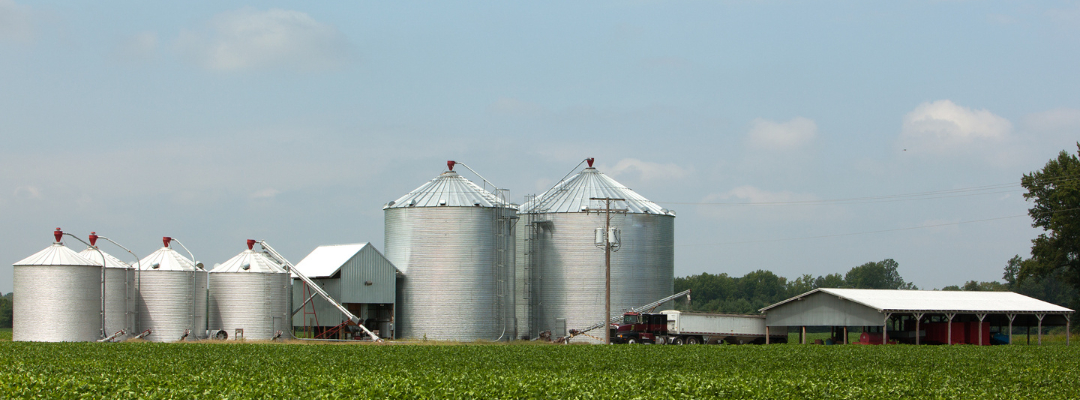Feed and residual use has long been the largest consumption category in the USDA supply and demand tables for U.S. corn (Figure 1)[1]. That began to change with the passage of the Renewable Fuel Standard Program in 2005[2]. Corn for fuel increased over the next several years, from under two billion bushels in the 2005/2006 marketing year to over five billion bushels in 2011/2012 when it overtook corn for feed as the number one use category. Since then, fuel and feed have competed for the top spot for corn consumption.
Additionally, the price of corn has been increasing in the biofuel era. From the increased planting flexibility in the Freedom to Farm Act in 1996 to the passage of the Renewable Fuel Standard in 2005, prices averaged $2.15 per bushel with a low of $1.82 in 1999 and a high of $2.71 in 1996. From 2006 to 2021, the average price more than doubled to $4.33 per bushel with a low of $3.04 in 2006 and high of $6.89 in 2012. Currently, the price estimate for the 2022 corn crop is $6.65, reflective of a 54% increase in one year alone.
The peak in corn for feed consumption came in the 2004/2005 marketing year at just over six billion bushels. After the passage of the Renewable Fuel Standard in 2005, feed use began to fall, and the price of corn began to increase (Figure 2). From 2013 to 2019, the price of corn appears to be associated with an increase in feed use. Since 2020, feed use has fallen with increases in corn price.
There is more to the corn story than the inverse relationship between feed input demand and prices, and the implications of relatively higher corn prices are always looming. In spite of the fall in corn for feed use in 2006 associated with the RFS, an ethanol fuel co-product became available known as distiller’s dried grains with solubles (DDGS). Each bushel of corn (56 pounds) used for fuel produces about 16 pounds of DDGS which adds to feed grain production, providing some price relief to cattle, pork, and poultry producers. In addition, the size of the livestock and poultry industries, measured by grain consuming animal units (GCAUs), has grown from about 75 million in the 1980s to 101.7 million GCAUs in 2019 (Figure 3). Another trend in the feed use category we can draw from GCAUs is the inverse relationship between corn prices and feed use. There was a rebound in use as prices fell from their record highs in 2012 with a peak in 2014. Even with relatively low and stable prices, energy feed plus DDGS per GCAU has been on a downward trend. That points to an increasingly efficient meat sector producing more pounds of protein on fewer pounds of feed.
What does this mean for corn prices moving forward? From the demand side of the balance sheet, the feed use category near term looks to be limited by lower overall GCAUs and declining feed use per GCAU. As livestock and poultry numbers increase and as grain prices go down, we may not return to previous levels of use. Improved feeding efficiencies may dampen the feed use response in future supply and demand balance sheets.
Figure 1. U.S. Corn Use

Figure 2. U.S. Corn Feed and Residual Use and Season Average Farm Price

Figure 3. Grain Consuming Animal Units (GCAU) and Energy Feed per GCAU

[1] For an explanation of the feed and residual use category used by USDA in their supply and demand tables, see “Implications of an Early Corn Crop Harvest for Feed and Residual Use Estimates”, FDS-12f-01, Economic Research Service/USDA July 2012.
[2] Details of the Renewable Fuel Standard Program authorized under the Energy Policy Act of 2005 and expanded under the Energy Independence and Security Act of 2007 can be found at https://www.epa.gov/renewable-fuel-standard-program.












